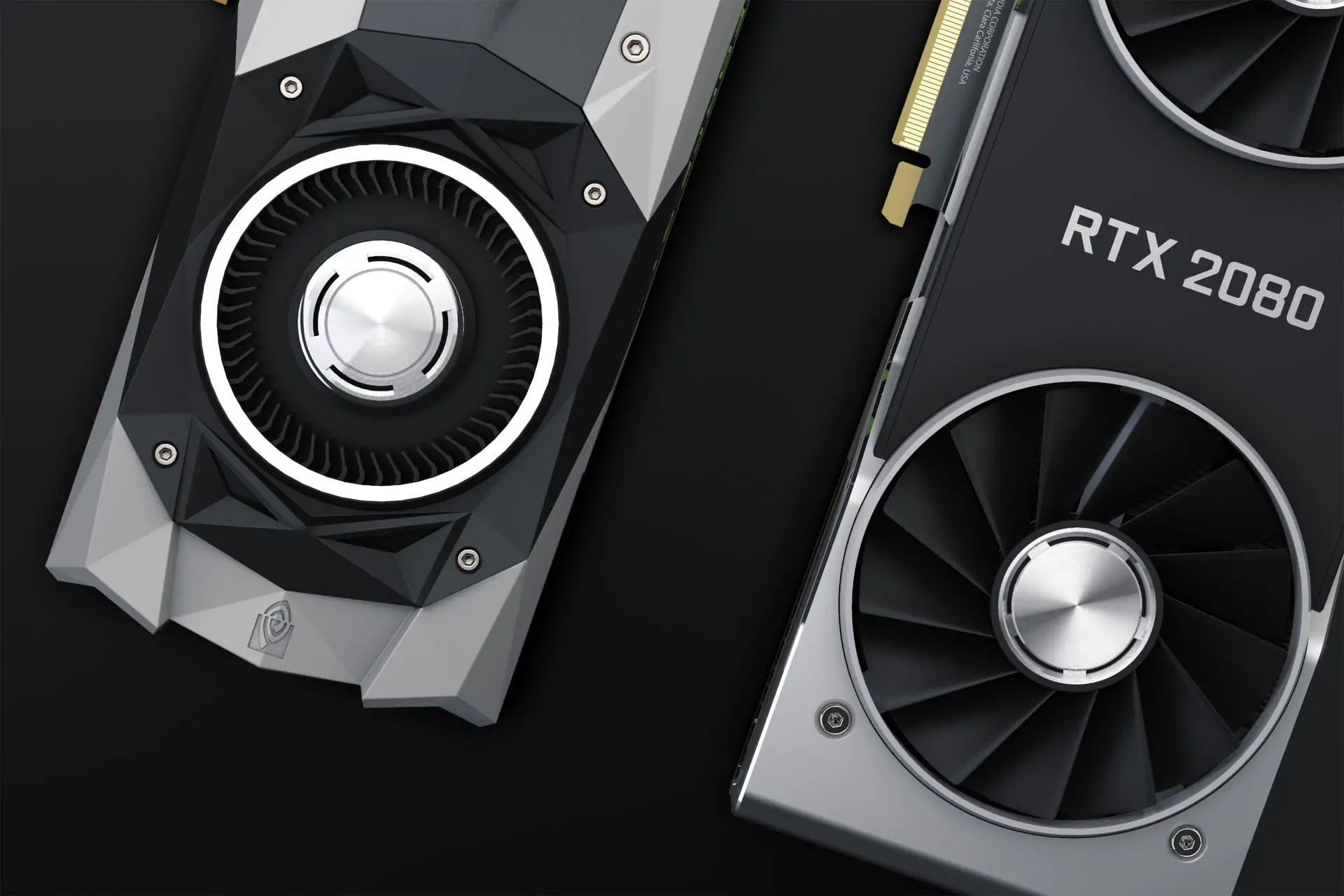“How much GPU memory do I need” is a frequent question among the people willing to purchase a GPU. But really, how much? That we’ll find out in this guide.
In a nutshell, 4 GB VRAM is the minimum to aim for, in 2021, with 8 GB being the recommended option for graphics-intensive workloads and gaming. But to determine your VRAM requirements according to your particular needs, this thorough guide is in place.
So, let’s roll in.
How Much GPU Memory Do You Need For Gaming?
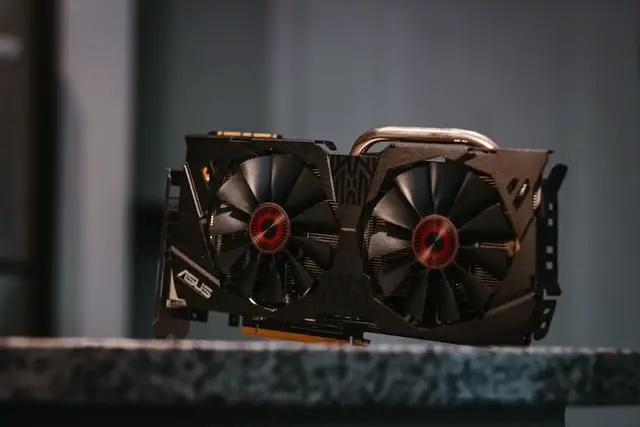
VRAM refers to Video Random Access Memory and also known as graphics memory. It is on the GPU and stores pixels and other graphics data for the smooth working of the GPU.
If you’re confused about how much VRAM you need for gaming, well, don’t go for anything below 4 GB. And if you’re into the AAA titles which tend to be pretty heavy, 8 GB is the minimum to aim for. But if 4k gaming is what you’re passionate about, 12 GB VRAM is the way to go.
With that said, I have also managed the tables for VRAM requirements of different games:
AC Valhalla:

| AC Valhalla | |||
| Resolution | 4K | 1440p | 1080p |
| FPS (avg) | 65 | 75 | 131 |
| RAM consumed | 11 GB | 10.9 GB | 11.3 GB |
| Video Memory consumed | 7.5 GB | 6.9 GB | 6.4 GB |
Overwatch:
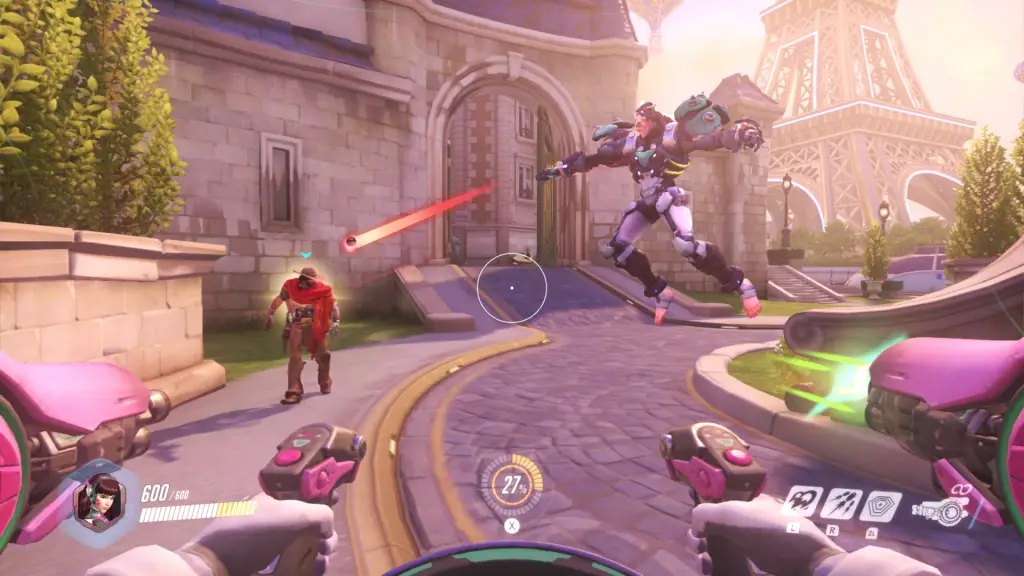
| Overwatch | |||
| Resolution | 4K | 1440p | 1080p |
| FPS (avg) | 151 | 291 | 398 |
| RAM consumed | 10.1 GB | 9.9 GB | 9.9 GB |
| Video Memory consumed | 4.4 GB | 3.5 GB | 3.2 GB |
Godfall:
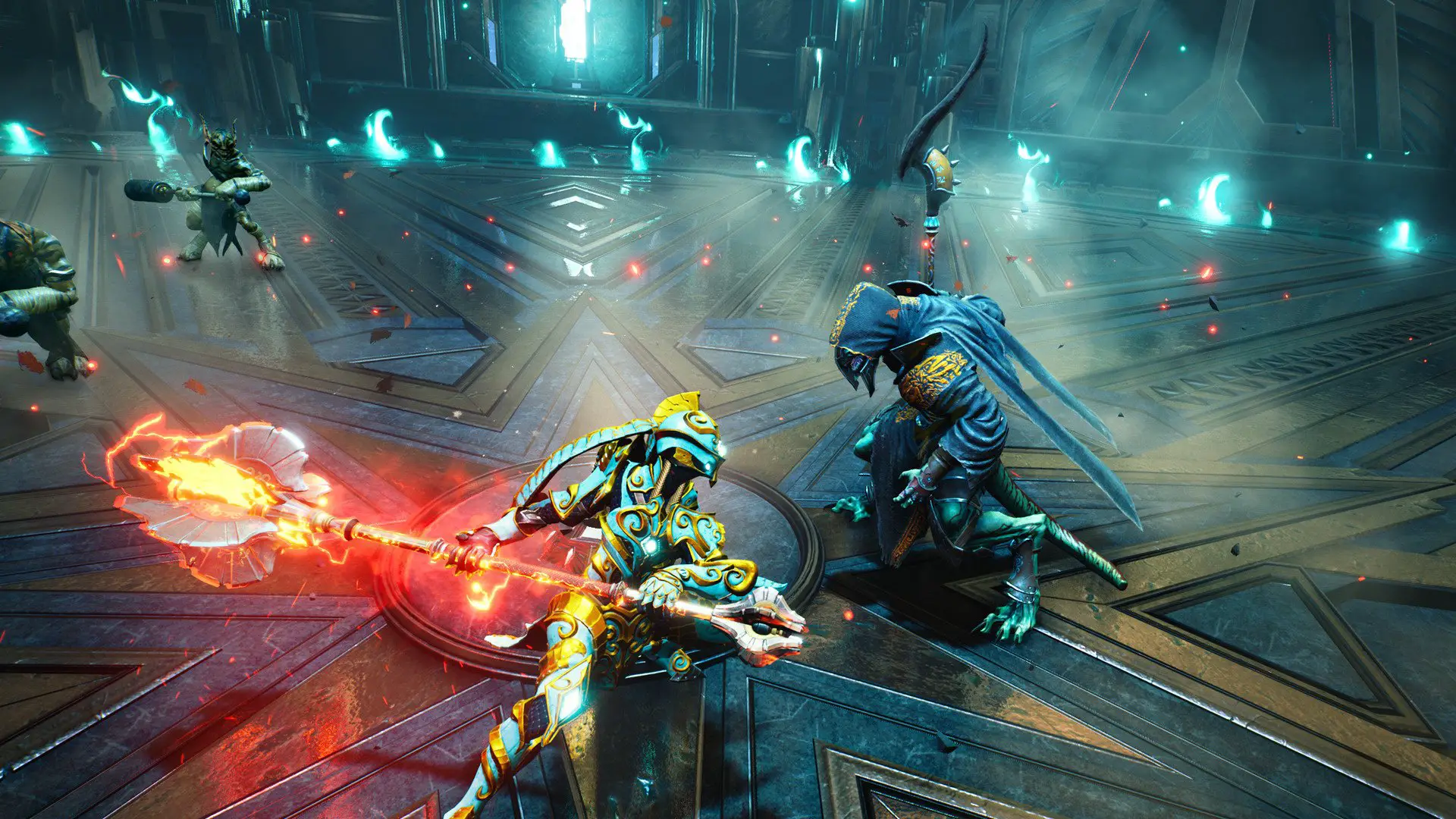
| Godfall | |||
| Resolution | 4K | 1440p | 1080p |
| FPS (avg) | 102 | 182 | 272 |
| RAM consumed | 11.1 GB | 10.9 GB | 10.9 GB |
| Video Memory consumed | 7.9 GB | 7.2 GB | 6.8 GB |
Dirt 5:

| Dirt 5 | |||
| Resolution | 4k | 1440p | 1080p |
| FPS (avg) | 60 | 84 | 90 |
| RAM consumed | 9.1 GB | 9.2 GB | 9.1 GB |
| Video Memory consumed | 9.3 GB | 8.6 GB | 8.4 GB |
The source of the tables and benchmarks is Jansn Benchmarks, a Youtube channel.
How Much VRAM Do I Need?
Most of the latest graphics cards come with 8GB or more VRAM. So, it’s right to say that 8GB is the standard, and according to tests, this is pretty enough for average gaming. In fact, 8GB of VRAM will even let you smoothly game on 1440p resolution without feeling lags.
Some budget cards and the older ones also have 4GB VRAM. It’s good for starter-level gaming and might offer a good experience in most AAA titles unless you’re running them on a high resolution like 1440p or max graphics settings.
If you’re considering anything below 4GB, it’s recommended not to. Such a GPU will not only be unable to help you with graphics-intensive workloads like smooth gaming, neither be a good approach for the future. So, if you’re willing to purchase a GPU now, 4GB VRAM is the least we recommend.
On the other hand, if you can manage to go for more than 8GB VRAM, kudos to you! It might help you pull off almost any graphics-intensive workload in the blink of an eye.
That said, where things get confusing is the point between 8GB and 4GB. Yes, exactly, what you thought, 6GB! Now, as GTX 1660 Super comes with 6GB VRAM yet is considered an amazing option for gaming, is it not worth it?
Well, the point to note down is, performance might be depending on the VRAM of a GPU, but not entirely. For instance, the same GTX 1660 Super performs better than many AMD’s 8GB cards, like the AMD RX 5500 XT.
What Fills Your VRAM Up?
When data is to be processed by the GPU, rendered, and shown on the monitor, it is stored in VRAM for instant access. If there wasn’t any VRAM, the GPU couldn’t store the data it had to process and it would take very long for it to process the data from slower resources.
Now, what is this data that fills your graphics memory?
Well, it includes the texture of the scenes that have to be displayed, the lighting going on, the reflections, the complex graphical calculations regarding shadows, and so on. Similarly, when added features like Ray Tracing also have to be processed, they’re also stored in the VRAM. This way, a lot of graphics memory is usually required for the smooth processing and rendering of graphical data.
With that said, the data stored in VRAM could include:
- Data Buffers, Frame Buffers
- Databases
- Polygons, Meshes, Geometry
- Ray-Trees
- Textures, Videos (Image-Sequences)
- Depth Maps, UV Maps
- Lights, Light Caches
Will Having More VRAM Offer a Better Performance?
Having more VRAM on the GPU does improve the overall performance by storing more graphics data at once. But it doesn’t mean the more VRAM you have, the more performance you’ll get in all the cases or a GPU with more VRAM will always be better than a GPU that has less of it.
In fact, many other factors of a GPU and your computer will also influence whether having more VRAM benefits you or not. However, in most cases, it does benefit in terms of better performance.
Speaking of the fact that you cannot compare GPUs on basis of their VRAM only, consider Nvidia’s GTX 1650 Super (6GB) and the RX 5500 XT (8GB) from AMD. The testings reveal that the 6 GB GTX 1650 offers better performance than the RX 5500 XT on 1440p gaming.
So, the bottom line is, having more VRAM does offer better performance. But you cannot use it as a tool to measure the performance of a GPU or computer.
What Factors Impact/Utilize VRAM?
Below are the major factors that impact the usage of VRAM:
- Your Monitor’s Resolution
- The Games You Are Playing
- The Settings You Are Playing Your Games At
That said, let’s look into the details of each factor:
How Monitor Resolution Impacts VRAM
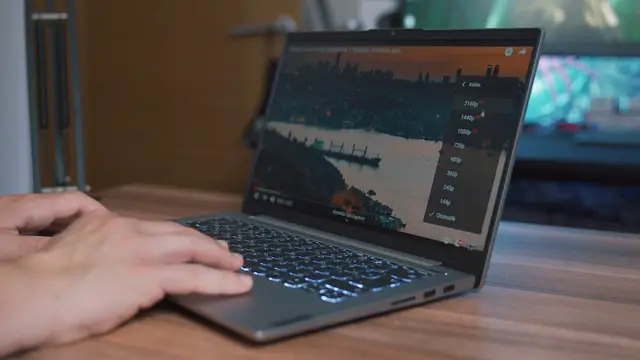
VRAM heavily depends upon the monitor resolution or the resolution you’ve set in the game. The resolution of a monitor is its width and height, usually measured in pixels. The more pixels there are in the monitor, the more output the GPU will have to give, and the more VRAM will be utilized to store data.
If we come to the numbers, a 720p resolution will consume less power and VRAM of the GPU compared to a 1080p resolution. Similarly, a 1440p display will consume more VRAM than a 1080p display, and so on.
Therefore, the resolution you run the game on will directly impact the VRAM that will be utilized.
How the Games You Are Playing Will Impact VRAM

Graphics-intensive games will have more data stored in each pixel compared to a not-so-graphics-intensive game. The storage of more data will require more VRAM, naturally. So, the result? Graphics-intensive games require more VRAM!
For example, the AAA titles like Destiny 2, Shadow of the Tomb Raider, etc, are very graphics-demanding games and offer realistic displays with high graphics quality and more data packed. So, these games require a lot of VRAM for smooth running.
On the other hand, we have not-so-graphics-intensive games like Minecraft. The graphics quality offered in such games is not that high neither the graphics consume much storage. This way, these games require less VRAM compared to the graphics-intensive ones.
How Your Game’s Settings Will Impact VRAM
Of course, games give you the option to adjust the graphics settings however you want. So, the higher graphics settings you pick, the more GPU juice will be utilized and the more VRAM will be utilized.
On the other hand, if you lower the graphics settings in the games, you’ll see a significant decrease in VRAM usage. This way, a game utilizing 4GB VRAM could be brought down to use 2GB, provided that the graphics options are available to be adjusted in this way.
How Much VRAM Do You Need: A General Overview By Use Case
| Workload | Recommended VRAM | |||
| Low | Medium | High | ||
| 3D Modeling, Animation, and CPU / GPU Rendering | Modeling and Animation (Active Workloads) | 6 – 8GB GDDR6 | 8 – 10GB GDDR6/6X | 10+GB GDDR6/6X |
| CPU Rendering (Passive Workloads) | 6 – 8GB GDDR6/6X | 6 – 8 GB GDDR6/6X | 6 – 8GB GDDR6/6X | |
| GPU Rendering (Passive Workloads) | 6 – 8GB GDDR6/6X | 8 – 16GB GDDR6/6X | 24+GB GDDR6/6X/HBM2 | |
| Video Editing, Motion Design, Compositing | General Video Editing | 4 – 6GB GDDR6/5X/5 | 6 – 8GB GDDR6/5X/5 | 6 – 8GB GDDR6/5X/5 |
| Video Editing with heavy GPU support, e.g., Davinci Resolve | 6 – 8GB GDDR6/5X/5 | 8 – 16GB GDDR6 | 16 – 24 GB GDDR6/6X | |
| Motion Design and Composting | 6 – 8GB GDDR6/5X/5 | 8 – 10GB GDDR6 | 10 – 24 GB GDDR6/6X | |
| Graphic Design | 4 – 6GB GDDR6/5X/5 | 4 – 6GB GDDR6/5X/5 | 6 – 8GB GDDR6/5X/5 | |
| Gaming | 1080p | 4 – 6GB GDDR6/5X/5 | 4 – 6GB GDDR6/5X/5 | 4 – 6GB GDDR6 |
| 1440p | 6 – 8GB GDDR6/5X/5 | 6 – 8GB GDDR6/5X/5 | 6 – 8GB GDDR6 | |
| 4K | 6 – 8GB GDDR6 | 8 – 10GB GDDR6/6X | 10+GB GDDR6/6X |
Frequently Asked Questions
Here I answer the most frequent questions regarding how much GPU memory do I need.
How much graphics memory do I need?
If you’re into gaming, we recommend a minimum of 4GB GPU VRAM. For creative workloads like AutoCard and photo/video editing, 8GB is recommended. And if you’re into 4k editing or gaming, go for 8GB graphics memory or beyond.
Is 4GB VRAM enough in 2021?
4GB VRAM is not satisfactory according to the graphics workloads of 2021. Most of the games require 8GB VRAM for smooth working. The same is with most creative programs like Adobe Premiere Pro and Fusion 360. However, 4GB is still worth it for starter-level graphic tasks.
Is 8GB VRAM enough in 2021?
8GB VRAM is acceptable in 2021 not satisfactory. 4k and high-fps gaming require a lot of graphics memory. And sometimes, even 8GB is unable to come in handy. So, if top-end graphics-intensive tasks are your concern, we recommend looking for beyond 8GB. However, it’s still great for most of the standard workloads.
How much VRAM do I need for 4k?
To game on 4k or perform simultaneous 4k editing tasks, a graphics memory (VRAM) of 8GB or more is recommended. Going for anything below that may not result in a convenient experience which can be annoying at times.
How much VRAM do I need for gaming?
If you’re into gaming, a minimum of 4GB of graphics memory is recommended. It might allow you to play many of the high-end games on medium or low graphics at 720p or 1080p. But if you’re looking for a convenient gaming experience with max settings and 1440p or 4k, we would recommend 8GB or more VRAM.
Key Takeaways
To sum everything up, here are the pain points:
- We recommend a minimum of 4GB VRAM for GPUs
- If you’re into gaming, 8GB of VRAM is recommended
- If 4k gaming is your concern, go for beyond 8GB VRAM
- Higher monitor resolution utilizes more VRAM and vice versa
- A graphics-intensive game will require more VRAM than a non-GPU-intensive game
- Changing the graphics settings in-game will also affect VRAM usage
With that out of the way, I hope you found a detailed answer to “how much VRAM do I need for gaming”. Until next time, cheers!

